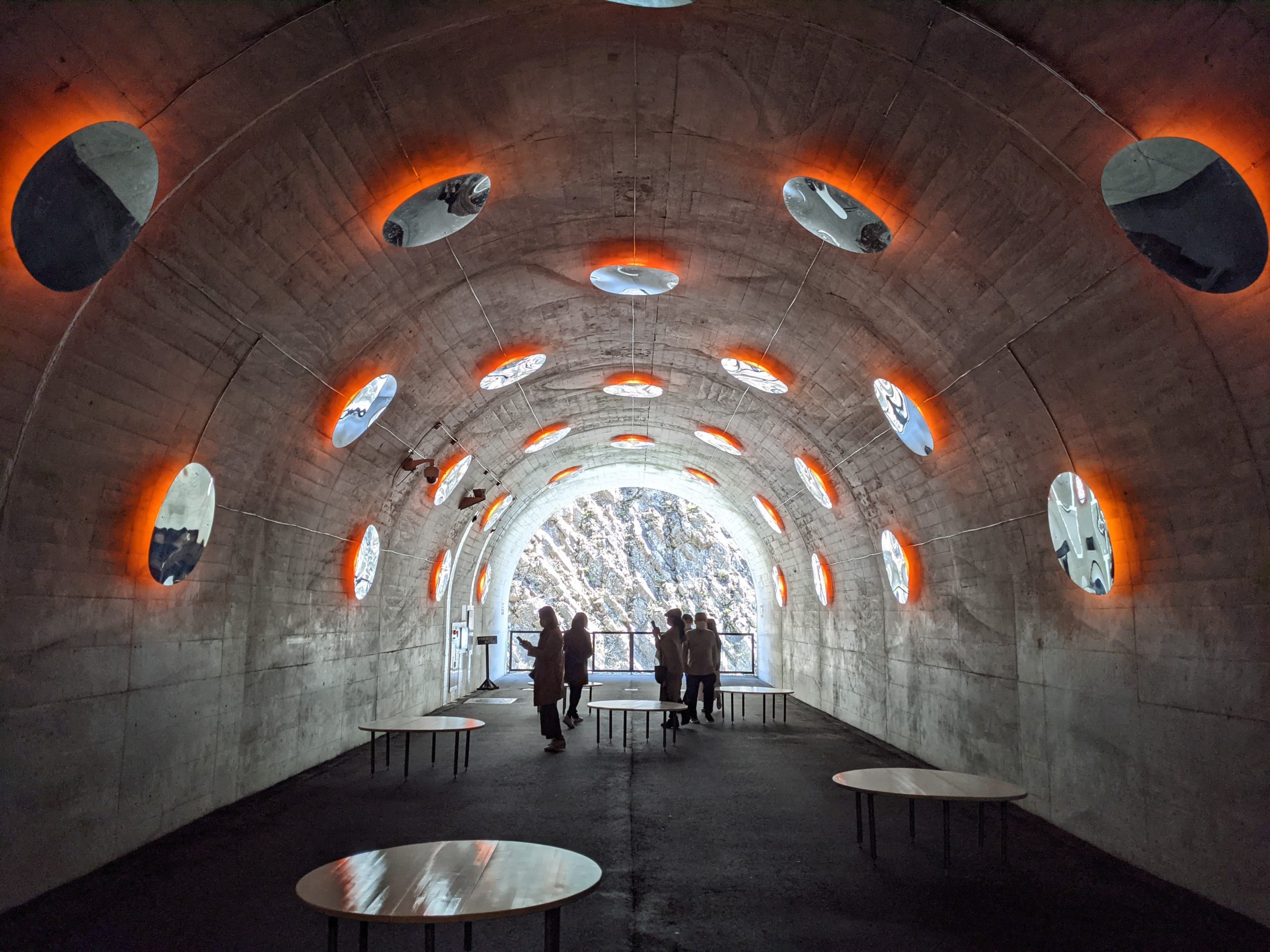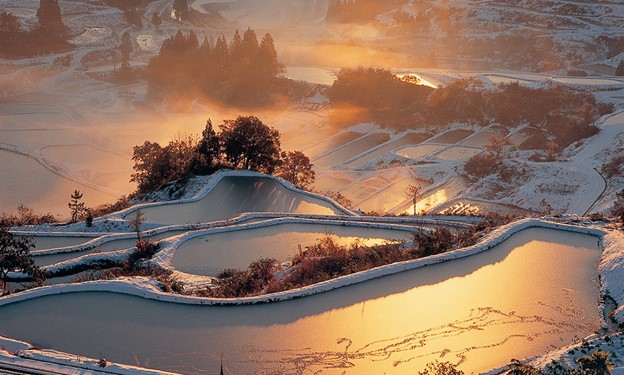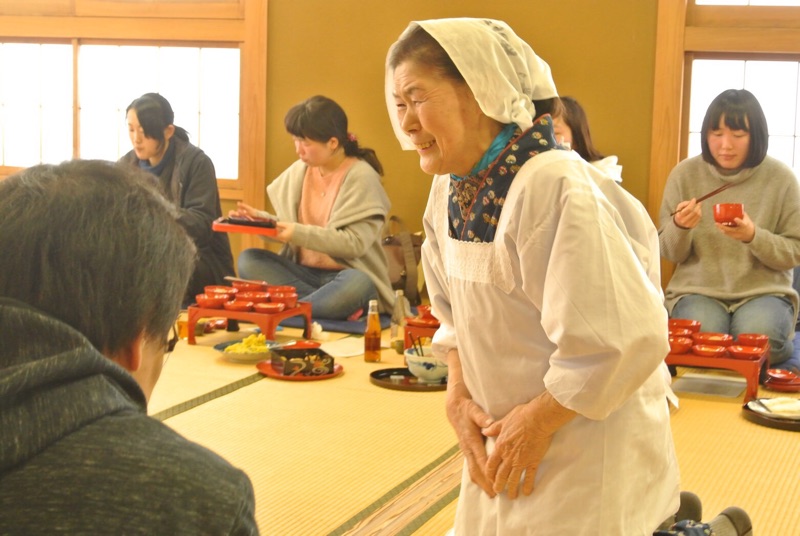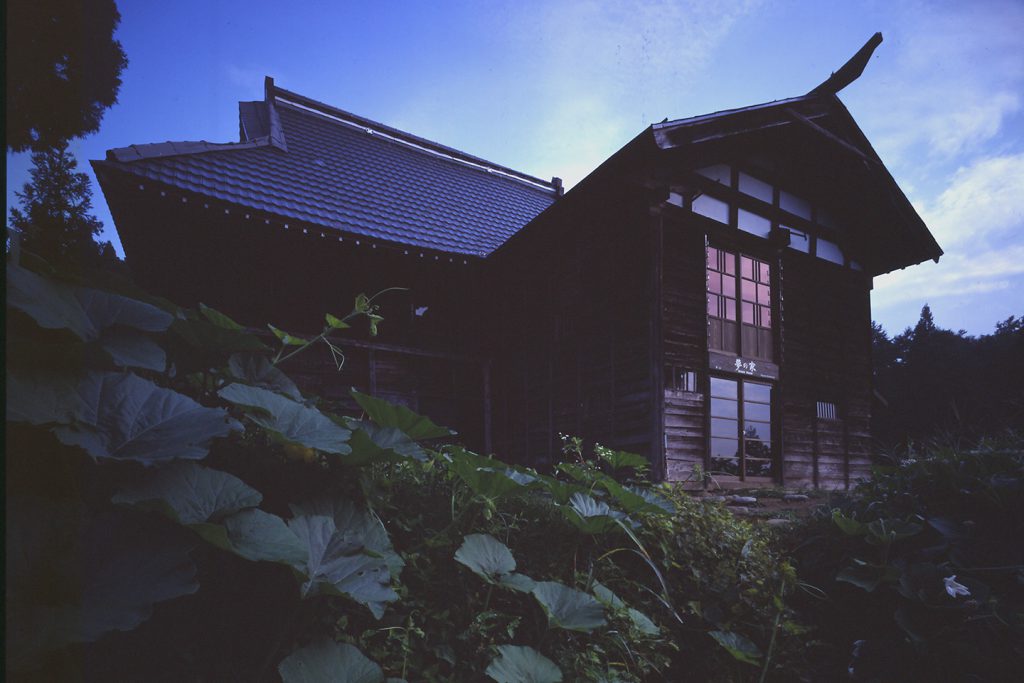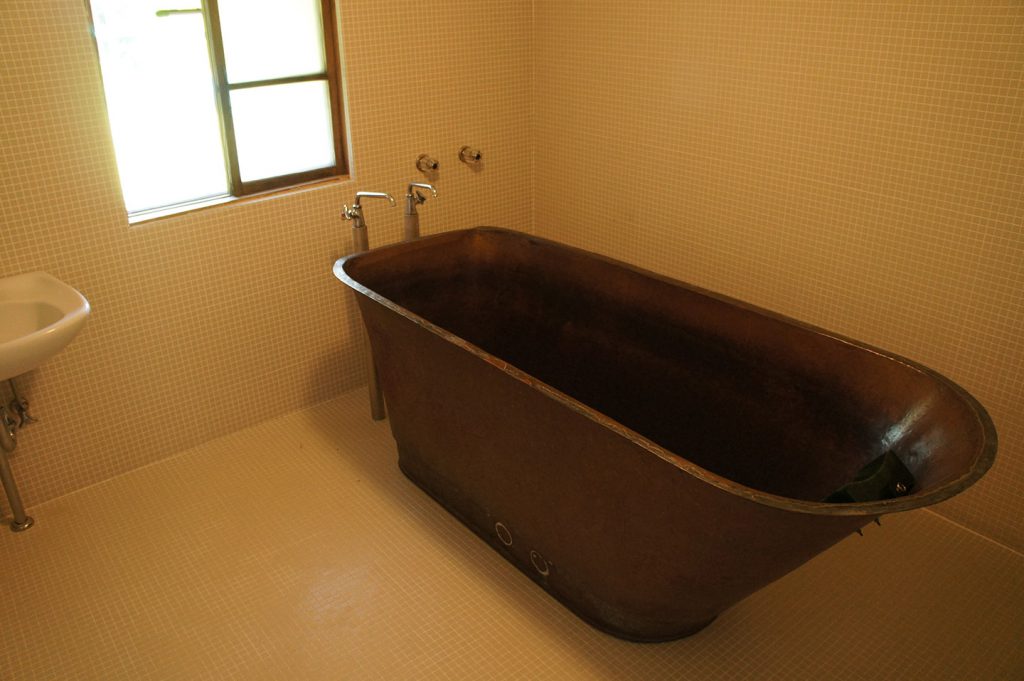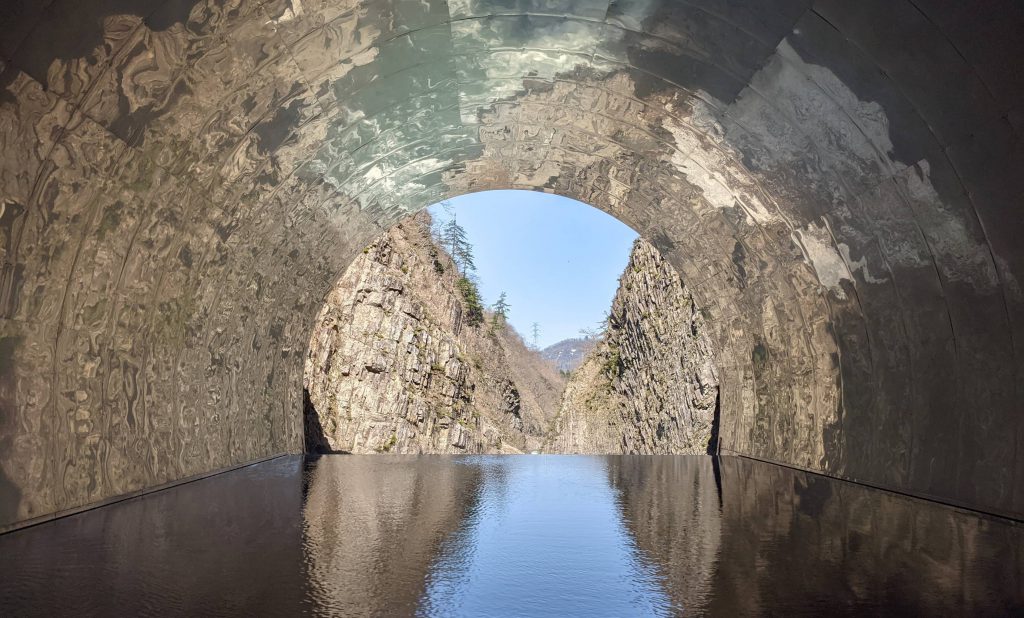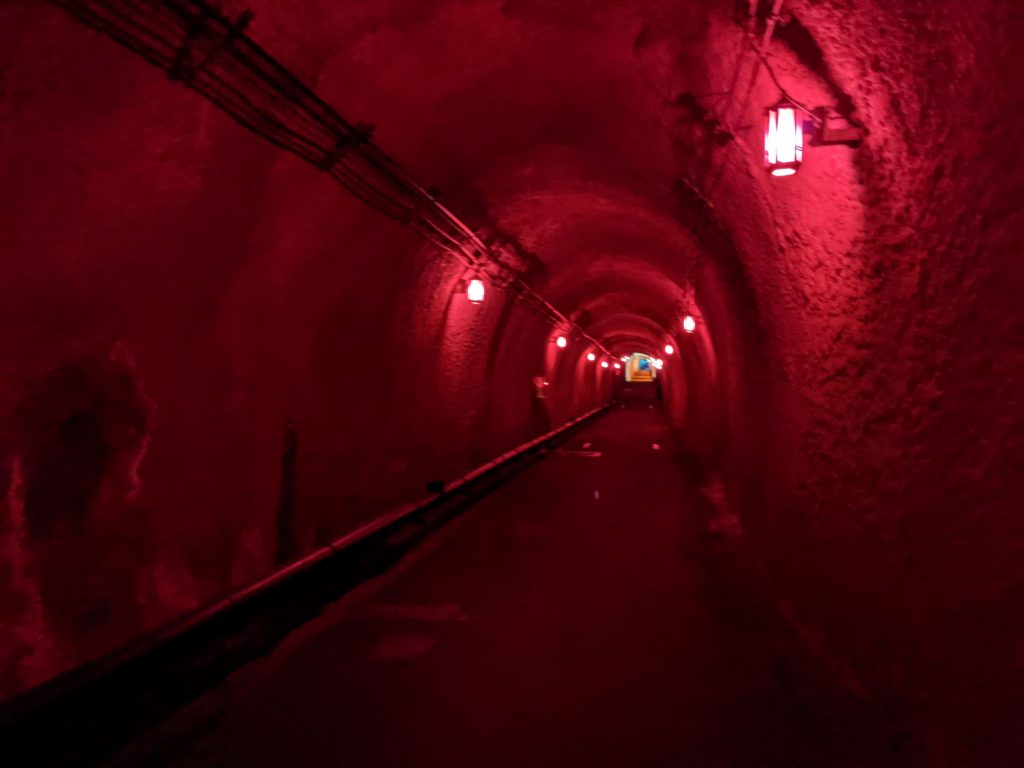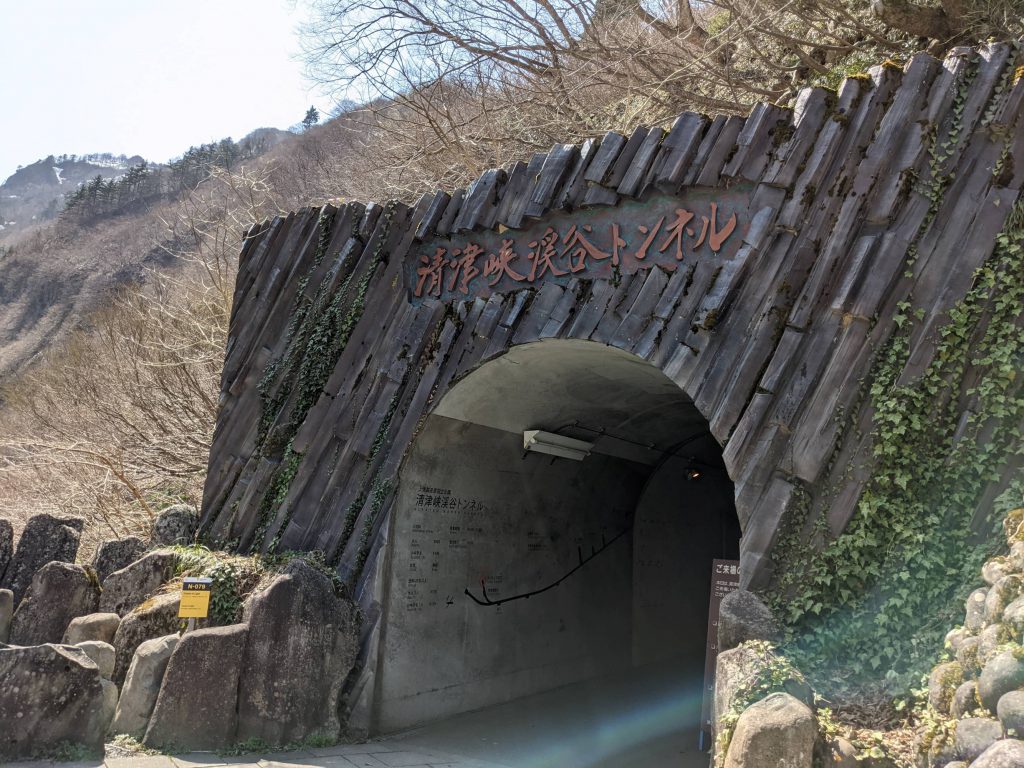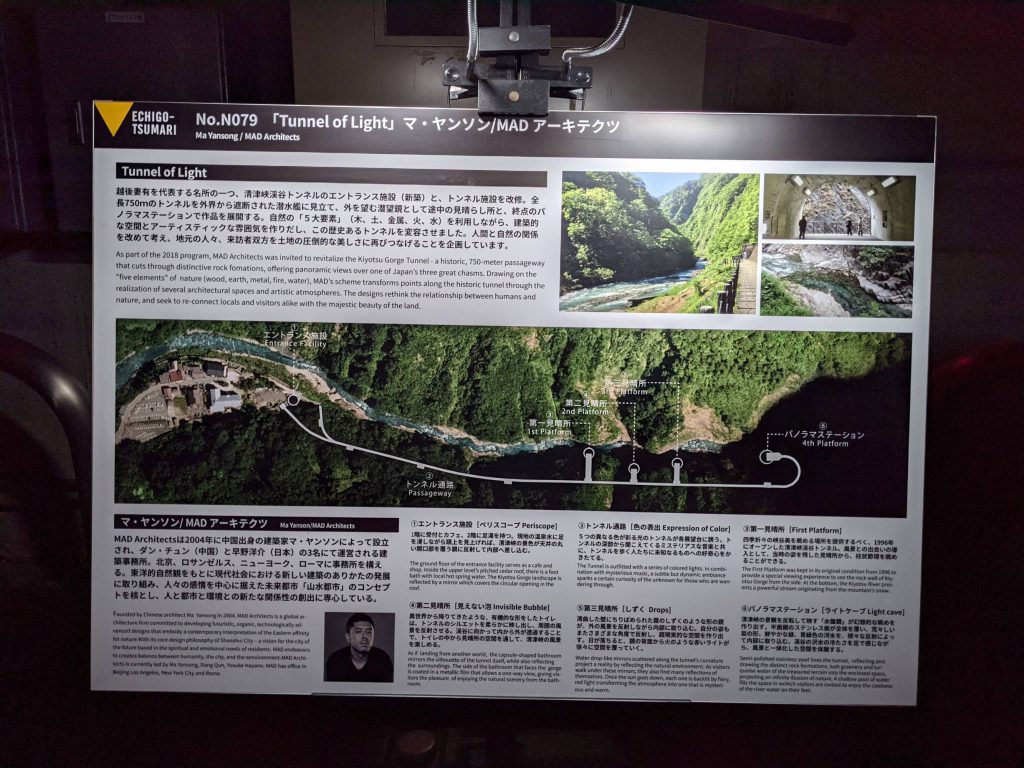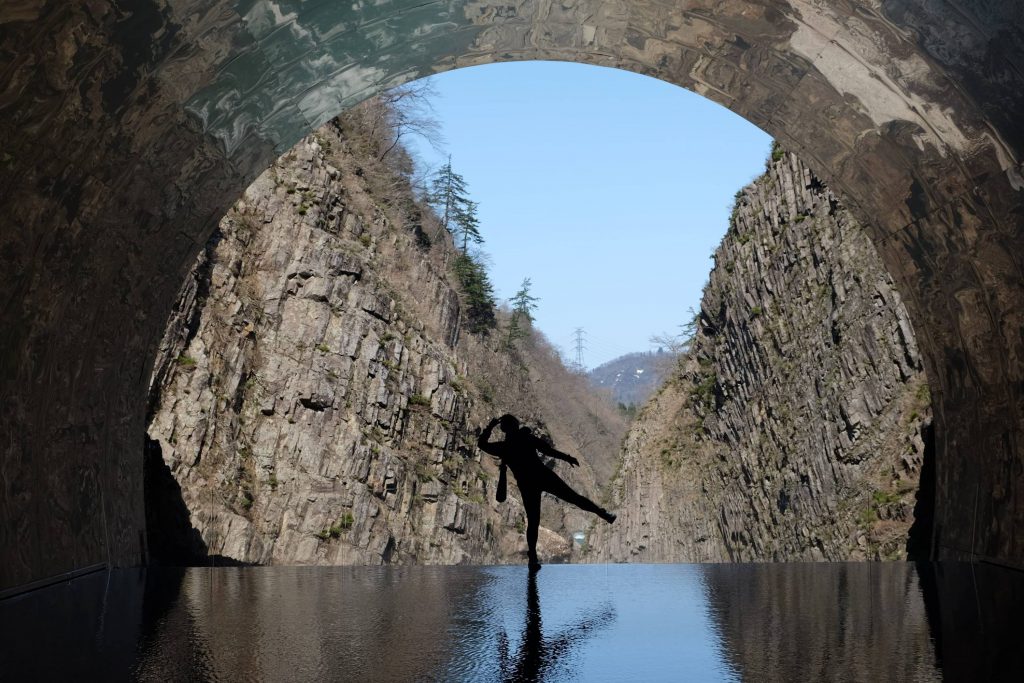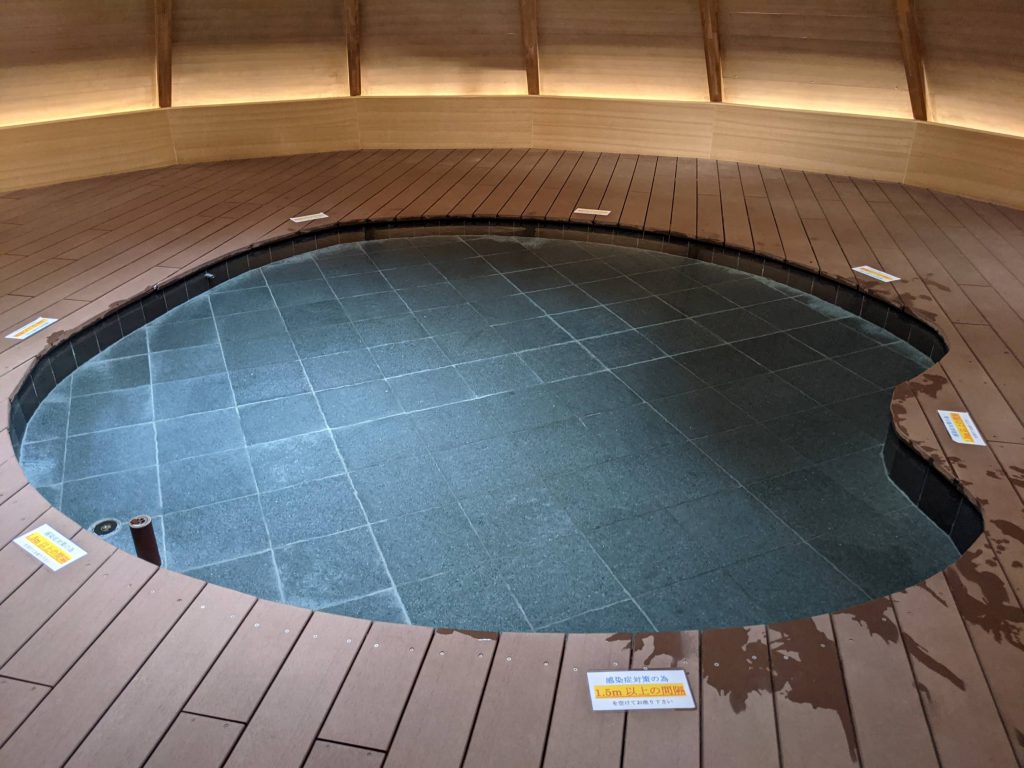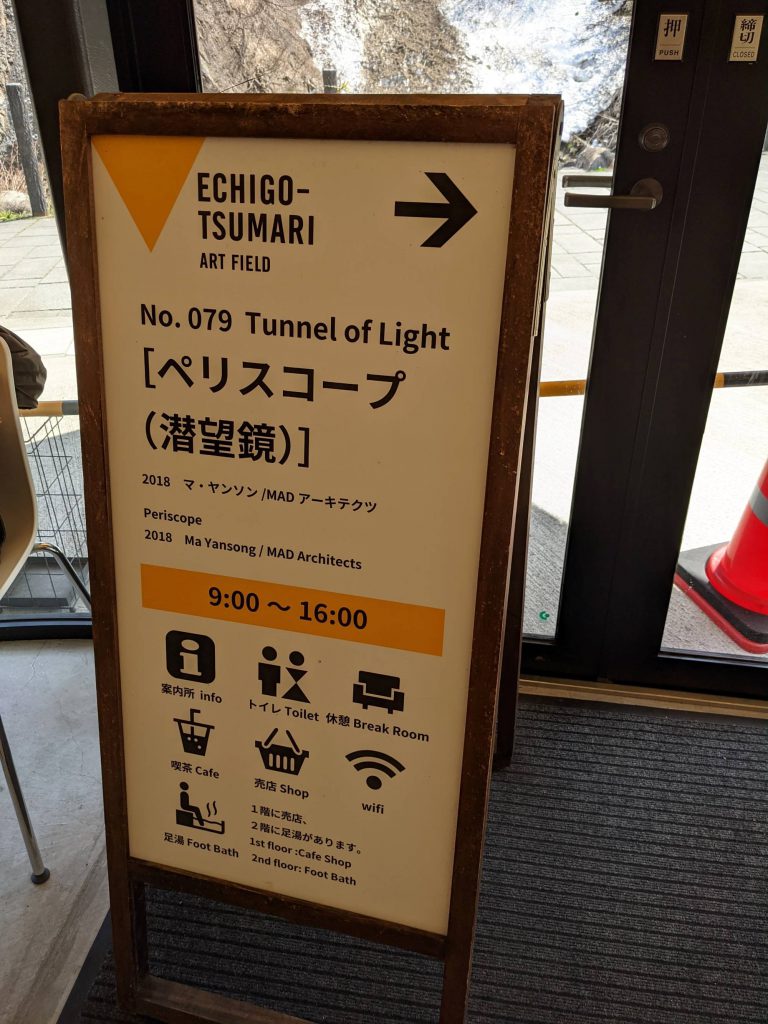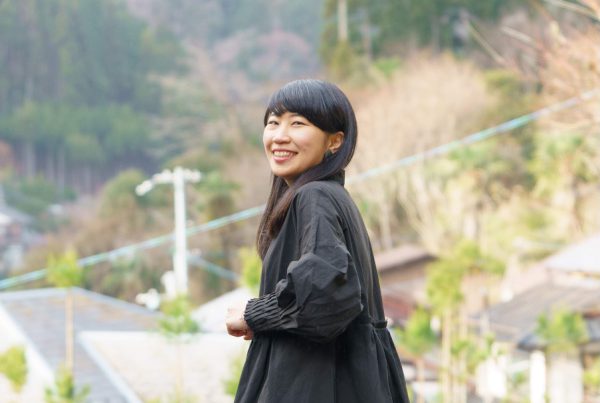The population in Japan has been on a steady decline for the past decade. The United Nations predicted the shrink of Japan’s population from 128 million in 2010 to approximately 85 million in 2100. While Japan is not the only country in the world faced with this problem, Japan is experiencing the effects faster.
A former governor of Iwate prefecture, Hiroya Masuda once wrote a book predicting the extinction of 896 towns, cities as well as villages by the year 2040. The younger generation are moving to bigger cities for better job opportunities while the older generation age along with their sunsetting business and way of life.
What could be done to incentivize people to want to visit such rural areas?
Echigo-Tsumari: The Area
Nestled in a quiet area within Niigata prefecture, Echigo-Tsumari is the old name for the southern region of Niigata. Six cities are included within this region, namely Tokamachi, Tsunan, Kawanishi, Matsunoyama, Matsudai and Nakazato.
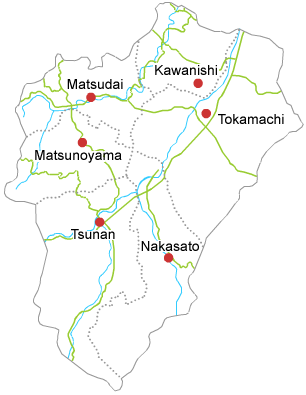
Image via Universes.art website
Well-known for heavy snowfall in Winter, the area is home to beautiful landscape such as rice terrace fields as well as agriculture such as vegetables preserved under the snow during Winter. The melting snow provides clean water to produce high quality rice, in which the local companies would use to brew high quality rice wine.
Image via ANA
Living in this region has always been an interesting tug-of-war between the humans and Mother Nature. Snowfall in this region is heavy. Unlike powder snow bestowed upon places like Hokkaido, the snow in this region is heavy and humid. The weight of the snow might cause the roof to cave in, making residents climb on the roof to shovel the snow off. In this area, shoveling snow is sometimes called “digging out snow”, as residents find themselves having to uncover their house buried in heavy snow.
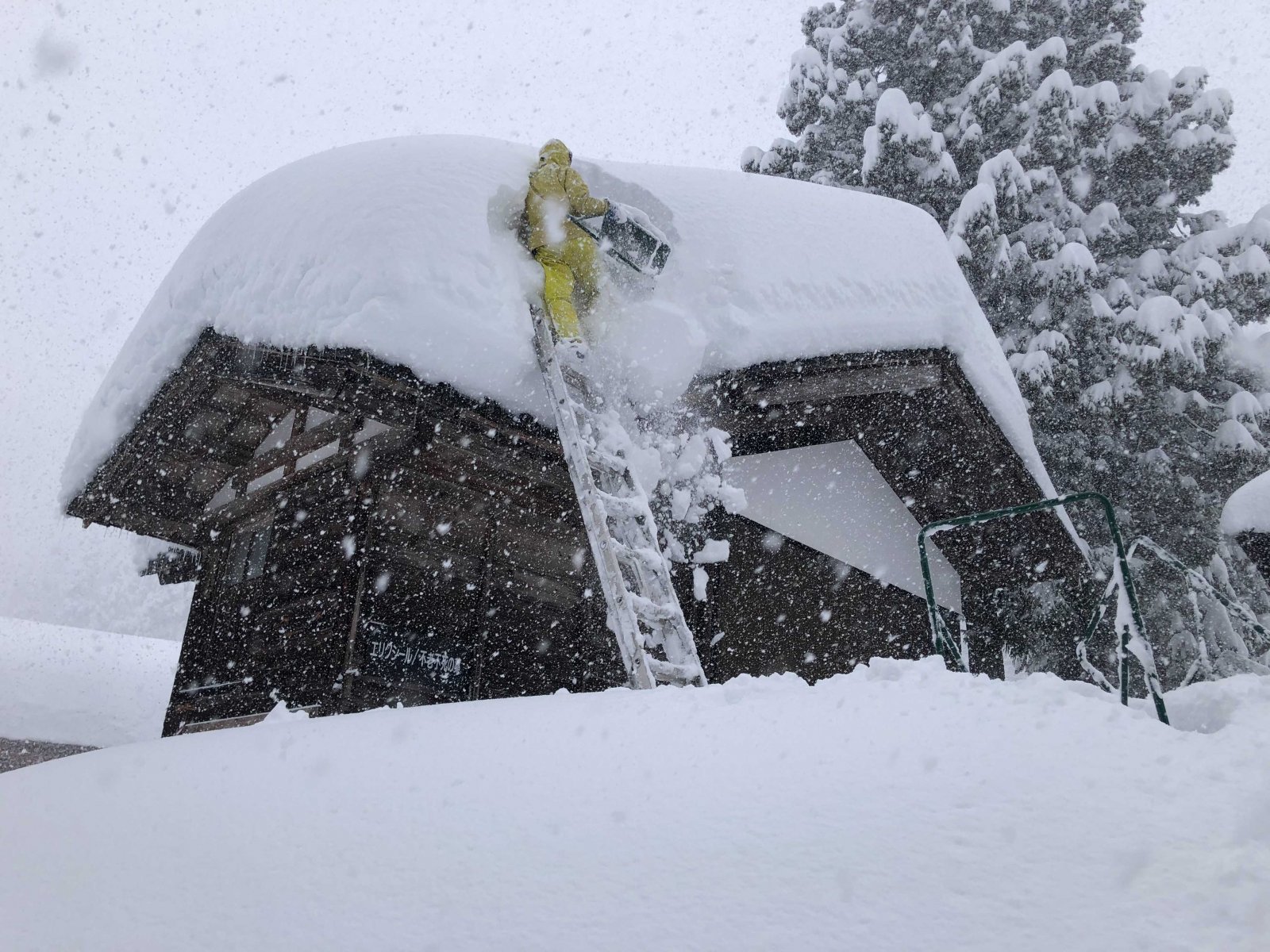
Residents and volunteers climb up the roof to shovel snow to prevent the roof from collapsing in an unoccupied house with Janet Laurence’s artwork, Elixir. Image via Echigo-Tsumari Art Field
Please visit Janet Laurence’s website for more images of the artwork, Elixir.
Besides challenges faced due to the weather, the area is facing strong effects of ageing and depopulation. More buildings and houses are being deserted as the younger population gravitate towards bigger cities.
The million-dollar question that people would always ask: What is going to happen next if no action is taken to prevent the slow but eventual disappearance of these rural areas?
Satoyama: The Way of Japanese Rural Life
The word “Satoyama” (里山) means ‘Japanese rural landscape’. Derived from two words, “sato” means village while “yama” means mountain. It is a place where humans and nature co-exist over time between the borders of the village and the foot of the hill. Satoyama is a Japanese way of sustainable living with the concept existing since the Yayoi period approximately 3,000 years ago. Now, Satoyama is seeing its popularity soar overseas through well-known initiatives such as the Satoyama Initiative and more.
”Satoyama is observed to provide a “backyard” for rice paddies, to accommodate biodiversity hotspots, to act as a model of sustainable ecosystem management, and it represents Japan’s beautiful ancestral homeland.
Yukihiro MorimotoResearcher
As the concept of Satoyama is becoming more popular overseas, efforts are also being made within Japan to encourage people to visit Satoyama to experience the ambience.
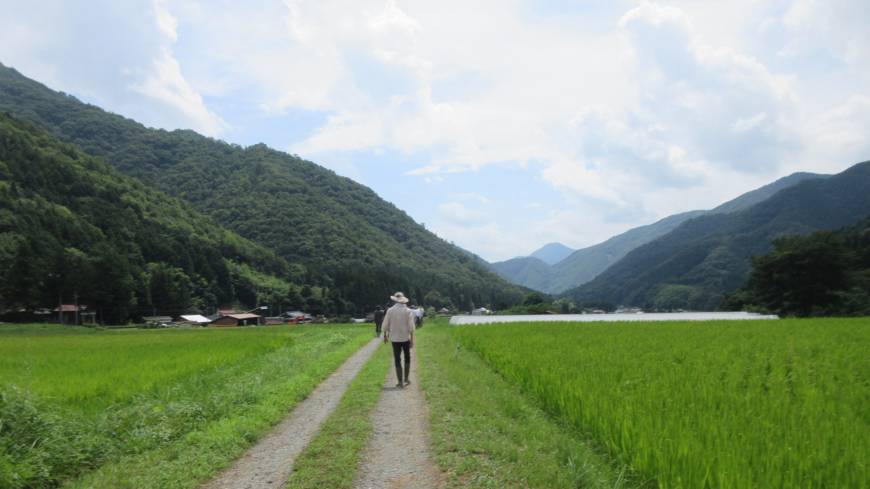
Satoyama, an interesting Japanese concept. Image via The Japan Times
Introducing Echigo-Tsumari Art Triennale (ETAT)
Art enthusiasts around the world have heard of the famous Echigo-Tsumari Art Triennale (ETAT) festival held in Japan. Being one of the largest art festival, the Echigo-Tsumari Art Triennale paved way to an unconventional exploration opportunity around the Japanese rural landscape.
The Echigo-Tsumari Art Triennale started in 2000. Held every three years, the seventh festival was held in 2018 with over 540,000 visitors going to the event. The next Echigo-Tsumari Triennale is set to take place in 2021. It will be held for 50 days starting the 25th July (Sunday) to 12th September 2021 (Sunday).
(update: the event will be postponed to a later date. See bottom of the article for more information)
“Humans are part of nature”
Sending a strong but relatable message, this is the underlying principle of ETAT. Why shouldn’t human beings and nature continue co-existing when it has always been a way of life for generations?
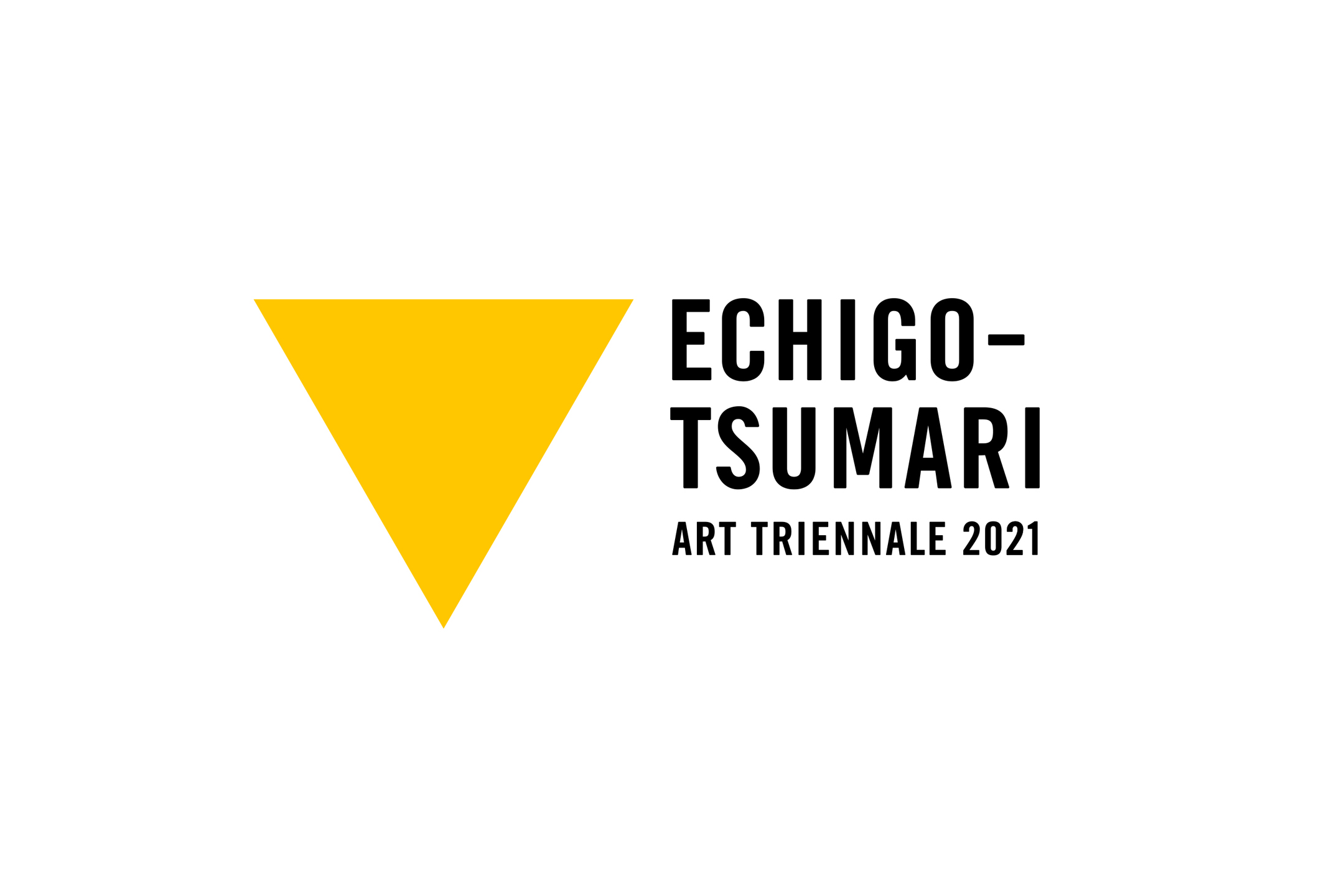
Official Echigo-Tsumari Art Triennale 2021. Image via Echigo-Tsumari Art Field website
Community Building
How would an art festival bring about community building, one might ponder? In hindsight, had the project not started in 2020, the community would not have had the opportunity to experience the third concept of ETAT, which is “cooperation beyond generations, regions and backgrounds”.
The 8th iteration of ETAT in 2021 would focus heavily on community building, which was the initial plan of the festival.
“How often would someone in a rural village have the opportunity to cross path with someone working in Tokyo?”
A huge part of innovation requires the introduction of diversity into the conversation. For artists to create their artwork, they have to engage with the local community as the land they would be working on belongs to somebody. Moreover, volunteers would also be sourced to assist in the success of the exhibition. And volunteers could come from anywhere, ranging from the neighboring city or even from big cities such as Tokyo and Osaka.
In the beginning, the locals could not understand the vision and impact this art festival would have in their village. But over time and through the success of the past events, they have grown to trust the organizers. The locals became more enthusiastic about doing their part to build a new community.
One such example is the introduction of Yukimigozen in Winter of 2014. Gozen is a set meal served during special occasions. A disappearing culture, the event helped bring back some traditional aspects of the region. Served in lacquer bowls carefully stored and preserved by the families, guests would have the experience to savor the ingenuity of the women who had to find ways to persevere in harsh winter conditions.
Yukimigozen. Image via Echigo-Tsumari Art Field website
Counter-Intuitivity: Practicing Inefficiency
When one intends to create an event, should they centralize everything in one location or would it be better to spread it across different locations?
Any rational business owner would advocate the need to pursue efficiency in ensuring business runs smoothly. But contrary to regular business mindset, ETAT chose to spread the artworks throughout 200 villages with the hope that visitors would achieve their second concept, “exploring Satoyama landscape following artworks as guiding lights”.
Moreover, visitors would be able to directly contribute to the economy of these rural areas through their visit.
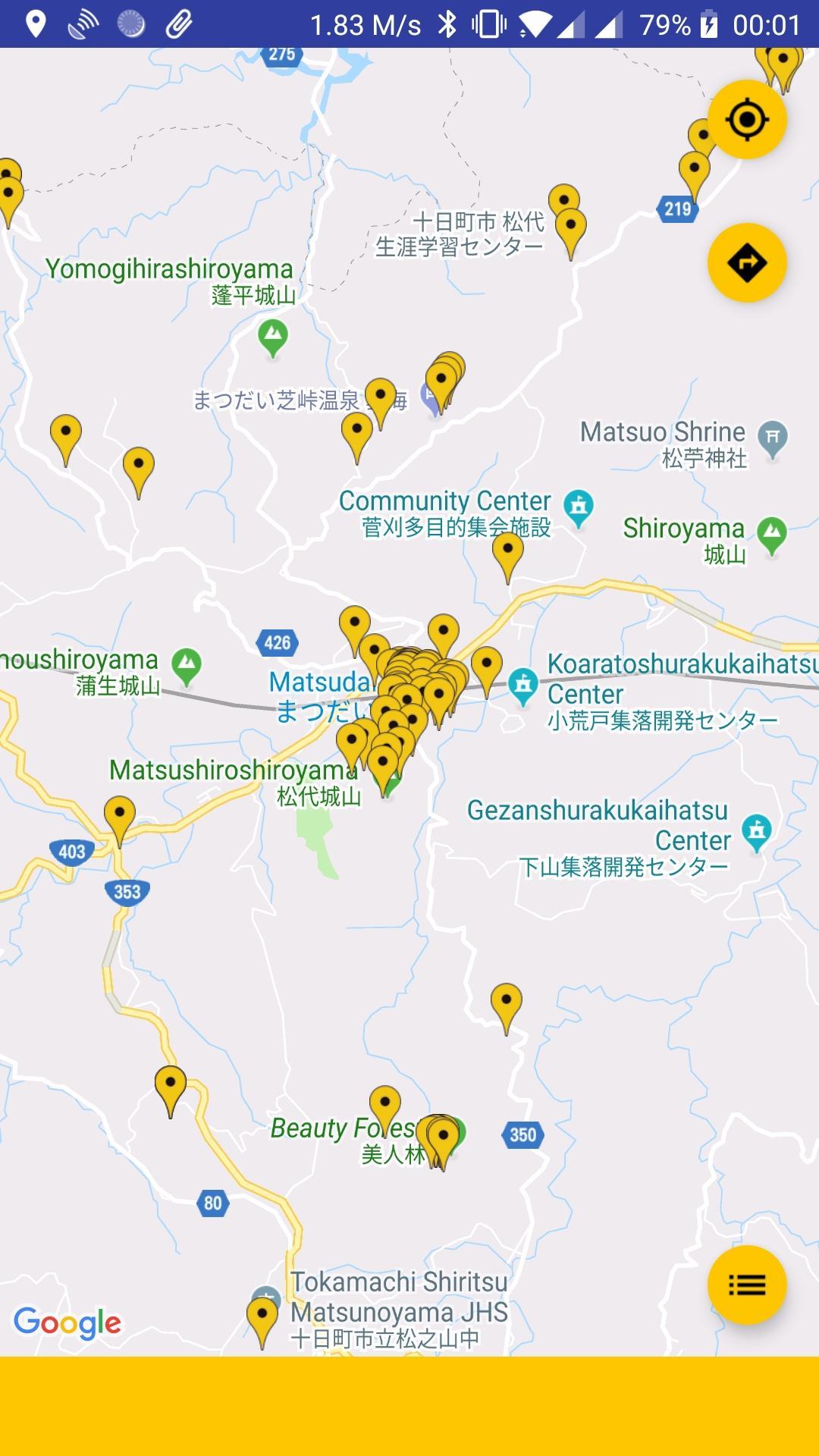
Map image showing the art installations spread across different areas in Echigo-Tsumari. Image via APK Pure App site
Art Installations at Echigo-Tsumari
There are over 300 art installations spread across the Echigo-Tsumari area. Following the Chuetsu Earthquake, many houses were abandoned and schools closed. Through the transformation of these centers of communities into places to house beautiful artwork, ETAT hopes to maintain the local landscape and encapsulate the memories to be passed on from generation to generation.
One such installation is Dream House by Marina Abramovic, produced in 2020 which allows guests to stay overnight. A century-old Minka house chosen by the artist for this project, there are 4 color-coded rooms. A copper tub filled with medicinal herbs would be prepared for the guests. Guests are provided with a color-coded pyjama, corresponding to the room they would be sleeping in. The next day, guests are invited to include their dream in a book provided called the Dream, and thereafter becoming a part of the Dream Project.
The century-old Minka-style house, the copper bath, color coded pyjamas and food. Image via Dream House.
Another highlight from the ETAT 2018 was the renovation of the Kiyotsu Gorge Tunnel, integrating the 5 elements namely wood, metal, fire, water and soil. Spearheaded by Ma Yansong, architect and founder of MAD Architects, images of the tunnel are widely known within and outside Japan.
Tunnel installations at Kiyotsu Gorge Tunnel. Images by the author.
ETAT 2021
In conjunction of ETAT 2021 in Tsunan City, the Echigo-Tsumari Art Field is currently releasing a series of one-frame manga by famed Chinese artist, Tango. Do check out the interesting posts here!
The Future is Now
While Japan is not the only country in the world facing the issue of ageing and depopulation, what Japan does next would be a great example case study for the world. And the world is watching.
Change is expected to happen, but the biggest challenge would be figuring out the “how”. The Echigo-Tsumari Art Triennale is one such example of community effort at acknowledging the challenges faced whilst building a community to preserve the wonderful memories of Satoyama for the current visitors as well as the upcoming generations.
What can we as individuals do to bring about changes instead of waiting for Hiroya Masuda’s prediction to come true?
Updates:
16th April 2021: The Echigo-Tsumari Art Triennale 2021 will be postponed to a later date due to the COVID-19 situation in Japan. Another announcement would be made later on the new dates. Please visit the official site for the most updated information!

